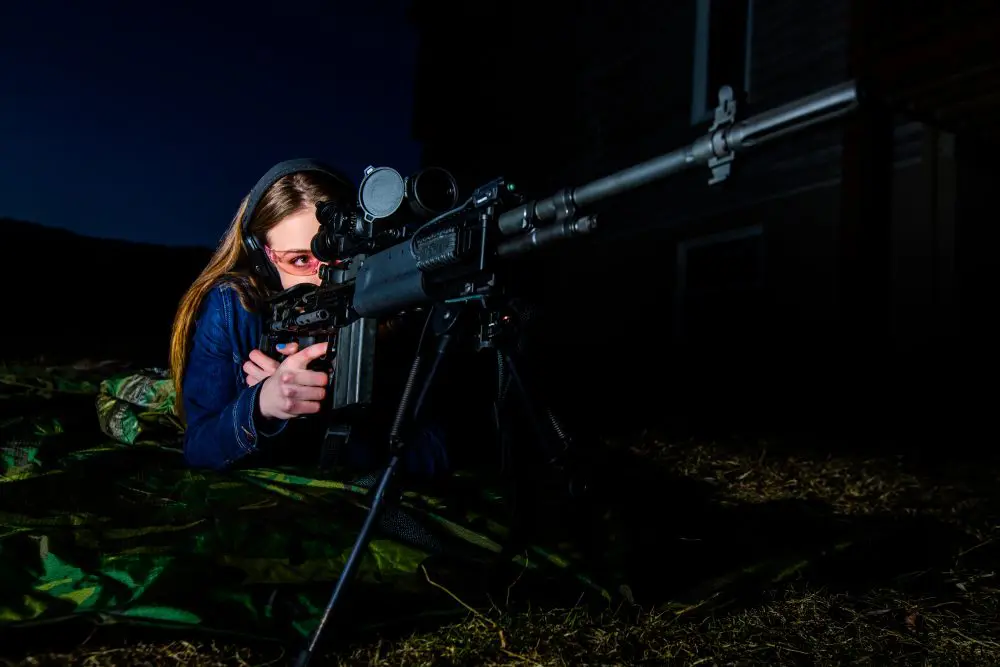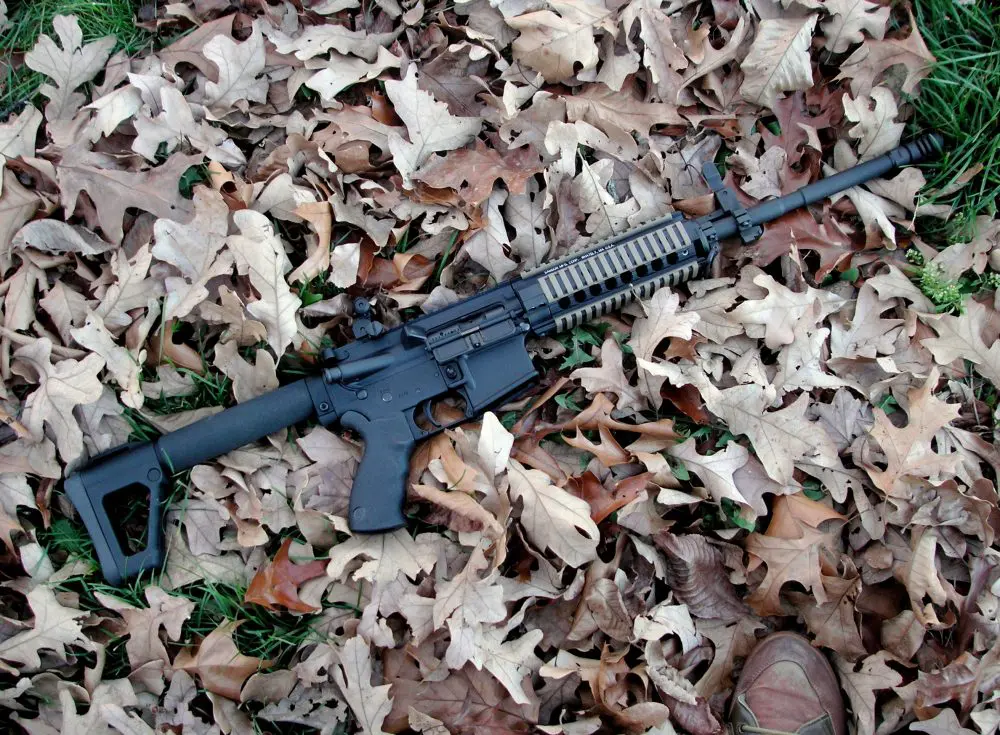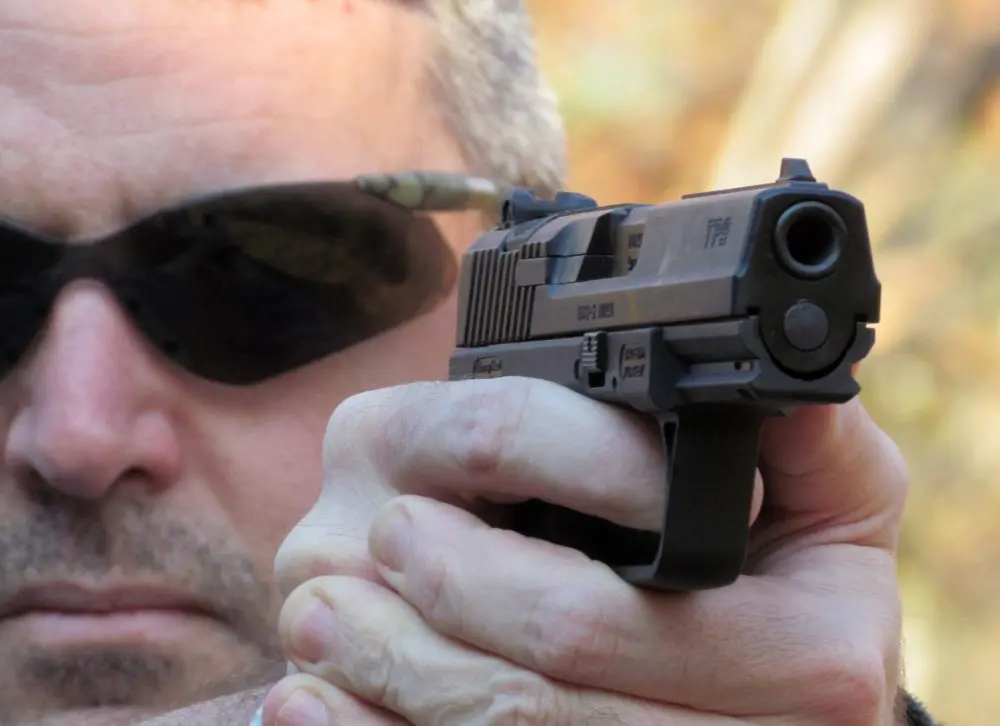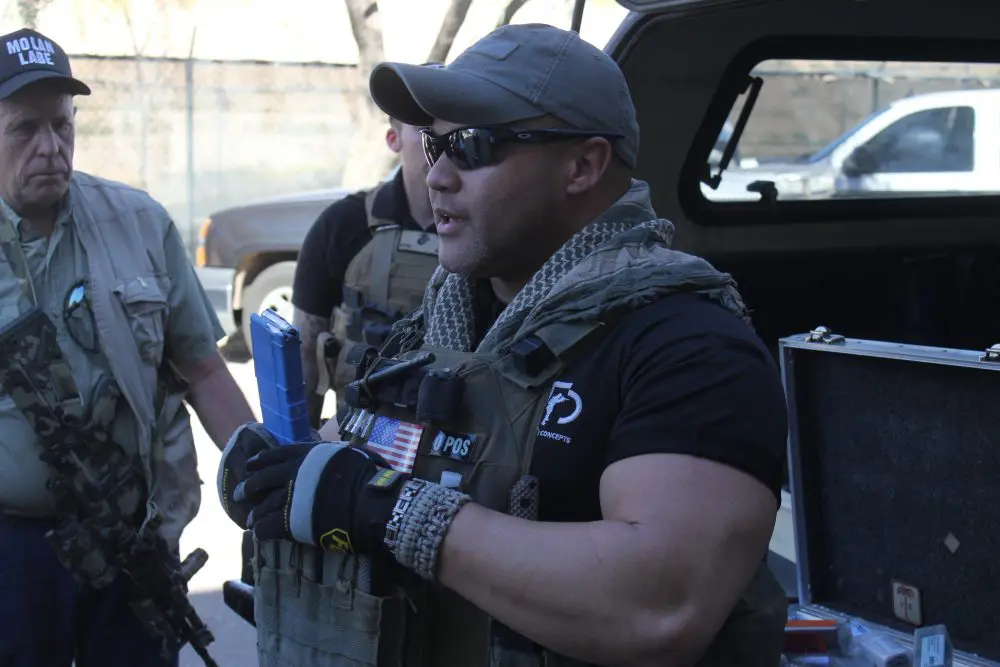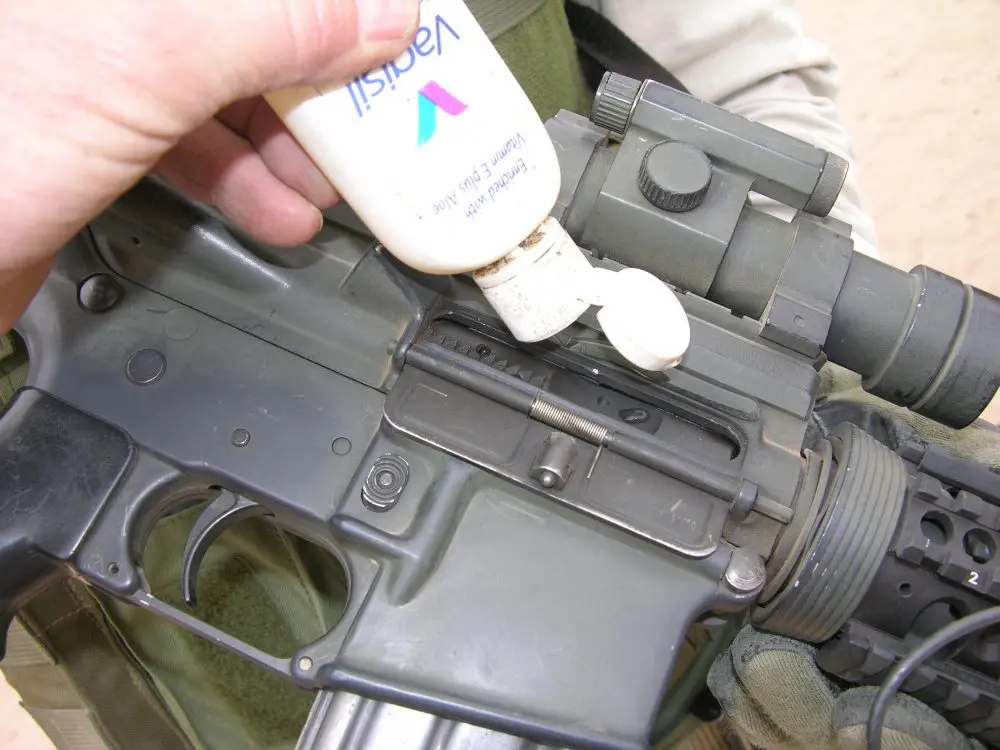In 2013, Cody Wilson shocked the world (particularly the gun-ban zealots) when he introduced the “Liberator,” the world’s first firearm to be produced entirely on a consumer-grade 3-D printer.
A very rudimentary weapon constructed of plastic, the pistol is single shot, fires the relatively low-powered .380 APC cartridge, and even so can only be counted on to hold together for a few shots. Still, its advent terrified those who want private citizens’ access to firearms to be strictly controlled (if permitted at all).
If one’s agenda is forcible citizen disarmament, one has very good reason for that terror. Because when people with no particular mechanical, metalworking, or woodworking skills—let alone gunsmithing—can build their own firearms at home, with equipment that is not beyond the budgetary reach of many hobbyists, most “gun control” laws become nearly irrelevant.
But then the federal government handed Wilson and the company he started, Defense Distributed, a major setback, which was a significant win for those who want only governments to be effectively armed.
The U.S. State Department ordered Defense Distributed to remove from the company website the files containing the downloadable electronic code that 3-D printers would use in order to print guns. The State Department’s claimed justification was that by making these files available to anyone with an Internet connection, anywhere in the world, Defense Distributed was “exporting” weapons without proper clearance.
Of course, this is rather a stretch—electronic files are not guns. No series of ones and zeros will ever launch a bullet into anyone. But government rulings don’t particularly need to make sense—after all, they have the overwhelming power of the government to enforce them.
Wilson wasn’t the sort to go gentle into that good night. In 2015, with the support of the Second Amendment Foundation, Wilson filed suit against the State Department, claiming this ruling violated the First Amendment.
And then, last June, the State Department capitulated and settled out of court with Wilson. Files for the making of firearms that are not fully automatic and are not of larger than .50 caliber, will no longer be considered to be under the purview of the State Department.
The government even agreed to pay tens of thousands of dollars of the legal bills and court costs stemming from the legal battle. In August, the files were again posted on Defense Distributed’s website.
Worse, for those alarmed by the idea of people building guns at home, such gunmaking has already come a long way since the days of the “Liberator.” For the moment, 3-D printing of firearms has been eclipsed by the use of consumer-grade CNC (Computer Numerical Controlled) milling machines, which can, when hooked up to any PC or laptop, mill and drill so-called “80 percent” receivers (firearm frames that are no more than 80% complete when sold, so that legally speaking, they are not “guns” and therefore not regulated) into complete receivers.
Legally speaking, these are the guns, and the remaining parts (barrel, trigger assembly, et al) are just that—parts, and are, like incomplete receivers, not regulated. CNC files, like the 3-D printing files, were restricted by the State Department’s former policy but have been freed by the new ruling.
Defense Distributed now sells what is probably the only such CNC machine designed specifically for home gunmaking, the Ghost Gunner II.
But the forcible citizen disarmament advocates are not unaware of the stakes in this struggle, and show no sign of giving up. Before the new agreement could go into effect last August, several state attorneys general (all Democrats) asked the federal courts to block implementation of the agreement between the Justice Department and Defense Distributed, thus keeping the digital files for printing or milling gun parts still essentially illegal.
On July 31, U.S. District Court Judge Robert S. Lasnik granted that wish, and issued a temporary restraining order blocking the agreement, and Defense Distributed has still been unable to legally post the files.
The attorneys general argued that with the widespread availability of the data necessary to create “plastic guns,” criminals and terrorists would be able not only to arm themselves, even if banned from purchasing firearms, but to do so with guns that cannot be detected by metal detectors.
There are a great many problems with this argument, starting with the fact that an “all-plastic AR-15,” which their fear-mongering propaganda would have you believe will soon be flooding the streets, are still impossible to make and would still be illegal if they were possible, and would still have no “metal-free” ammunition to fire even if they did exist, so could only hide from metal detectors if left unloaded.
The Trump Administration, requesting Judge Lasnik to vacate his ruling, argues that even if the objections to the availability of these files were well founded, the fact remains that the State Department is not the agency to rule on what U.S. citizens, here at home, can print on their 3-D printers or mill on their CNC milling machines. Arms export laws are for protecting national security from threats posed by foreign governments obtaining the exported weapons, not for controlling the U.S. population.
But Trump himself, being Trump, told his Twitter followers that allowing the capability to print plastic firearm parts “doesn’t seem to make much sense.”
As of this writing, the fight is very much up in the air, with Judge Lasnik scheduled to hear further arguments about whether or not to extend the restraining order soon. But the fight appears to have a long way to go.
Even if Defense Distributed loses, meaning a loss for the First Amendment, the files are out there, and people who want them will find them. Gun-ban zealots can rail against the new reality, but they cannot reverse it.
“Gun control” is dying, and individual liberty is being reborn.
A former paratrooper, Kurt Hofmann was paralyzed in a car accident in 2002. The helplessness inherent to confinement to a wheelchair prompted him to explore armed self-defense, only to discover that Illinois denied that right. This inspired him to become active in gun-rights advocacy.

